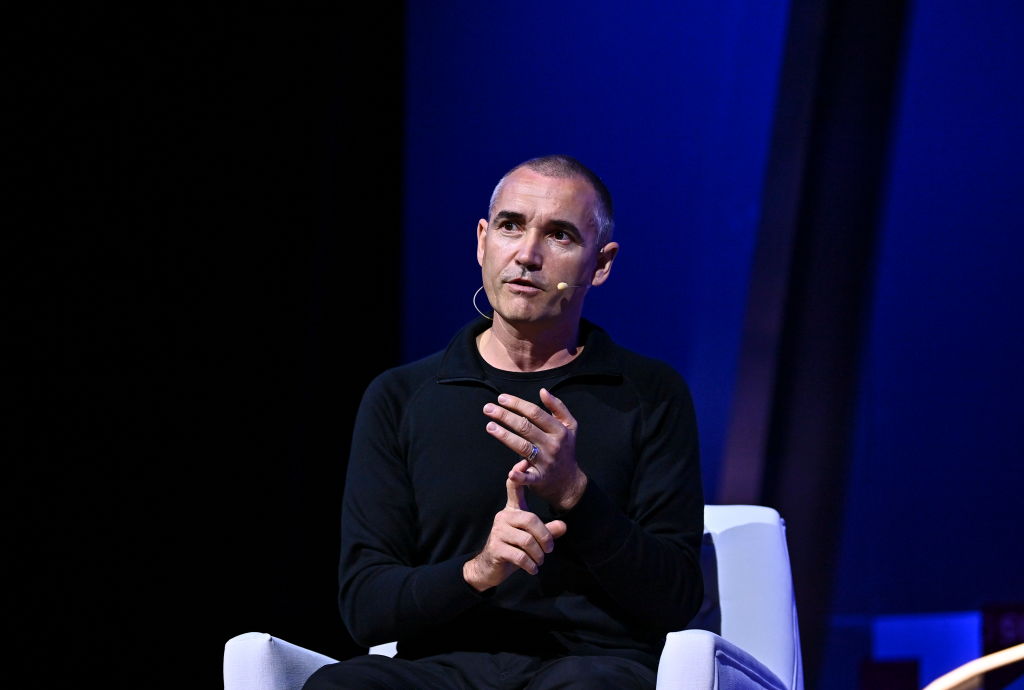Yesterday, the world’s largest-ever hydrogen-powered plane took off from an airport in the U.K., made a 10-mile circle in the air, and landed again about 10 minutes later. The plane, a Dornier 228 19-seat turboprop extensively modified by startup ZeroAvia, wasn’t exactly a jumbo jet, but it still accounts for a significant step in the nascent world of zero emission flight. The previous record for largest hydrogen aircraft, also held by ZeroAvia, was for a 6-seat aircraft.
On board, a pair of fuel cells converted hydrogen into electricity to run an electric motor on the plane’s left wing, aided by a lithium-ion battery that added extra power during takeoff. In case something went wrong with the zero-carbon setup, the plane’s other propeller was powered by a conventional kerosine engine. And to keep things simple, the test plane only had about 10 kilograms of hydrogen on board (22 lbs), enough to fly for about 30 minutes. “In the target configuration for commercial [flights], we’re looking at 80 to 100 kilos of hydrogen on board. So significantly longer range,” says Val Miftakhov, ZeroAvia’s CEO.
This current plane is a stepping stone in the company’s larger ambitions. They’re currently working on a hydrogen power system for a 76-seat regional aircraft, which could be ready around 2026.
The aviation industry produces about 2% of all humanity’s carbon dioxide emissions, a share that’s expected to grow as air travel expands, with many analysts expecting the sector to triple by 2050. It’s critical to find sustainable alternatives. But the physical constraints that planes operate under—they have to be lightweight, refuel quickly, and carry enough stored energy on board to make it a decent distance before they have to refuel again—means that making a green replacement is more difficult than, say, building electric cars.
Some startups are working to develop fully electric, battery-powered planes, with some success, though many designs are relatively small. Alice, a battery-electric airplane developed by startup Eviation, which had its first short test flight last fall, can carry nine passengers. The largest battery powered plane, an electrified Cessna Grand Caravan first flown in 2020, can carry 14 passengers. Other companies are betting on so-called “e-fuels,” which use chemical processes to convert renewable energy into liquid fuels like kerosine, which then could be used by planes of any size, and many airlines are investing in scaling up this seemingly simple solution. But many processes to produce that fuel rely on organic feedstocks, and there ultimately may not be enough to go around. That leaves batteries and hydrogen as two longer-term clean energy solutions.
Read more: We’re Gonna Need a Greener Boat
Miftakhov, a former electric vehicle charging entrepreneur, says that battery powered planes have a shot at decarbonizing the market for small, short-range planes, but that hydrogen is the only reasonable option for decarbonizing longer routes flown by bigger aircraft. “If you do the math, there is actually a limitation on how much energy you can store in the battery,” Miftakhov says. “You’re not going to be able to run a 787 over the Atlantic on that energy source.”
Those longer flights account for the lionshare of the airline industry’s emissions. In 2020, long flights of more than 4,000km (2,485 mi.) constituted just 6% of all flights departing from European airports, but accounted for more than half of total flight emissions, according to an analysis by Eurocontrol. The shortest flights of 500 km (310 mi.) or less, the ballpark range of those being targeted by battery-electric airplane companies, were about 30% of departing flights, and 4% of emissions.
In order for battery-powered flight to compete beyond extremely short flying routes, says Miftakhov, batteries would have to store a lot more power, charge very fast, and last for thousands of battery cycles before they need to be replaced. “These are at natural conflict with each other,” he says. “To move all these three by an order of magnitude each is a monumental challenge.”
Hydrogen, on the other hand, has enough energy density to power the largest planes, according to Miftakhov. (Though even compressed hydrogen takes up a larger volume on board a plane than conventional kerosine.) European aircraft giant Airbus, for instance, is working on developing large hydrogen engines, which it claims it will be able to demonstrate in the next four years. And unlike e-fuels, producing hydrogen doesn’t require complicated chemical processes—it can even be produced at an airport if need be.
“Eventually, I think it’s all going to be… electric motors powered by hydrogen fuel cells,” Miftakhov says. “15 to 20 years out—obviously uncertain—we’ll get the technology to a point when it can power some of the largest planes out there.”
- Donald Trump Is TIME's 2024 Person of the Year
- Why We Chose Trump as Person of the Year
- Is Intermittent Fasting Good or Bad for You?
- The 100 Must-Read Books of 2024
- The 20 Best Christmas TV Episodes
- Column: If Optimism Feels Ridiculous Now, Try Hope
- The Future of Climate Action Is Trade Policy
- Merle Bombardieri Is Helping People Make the Baby Decision

